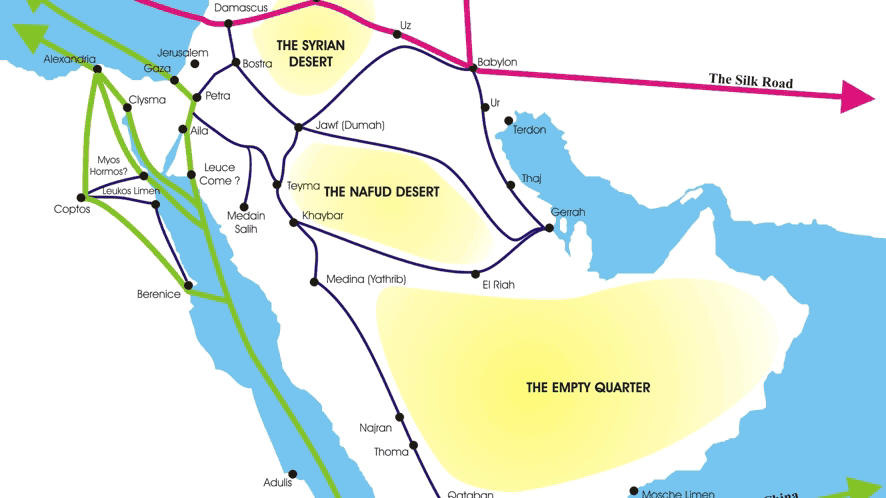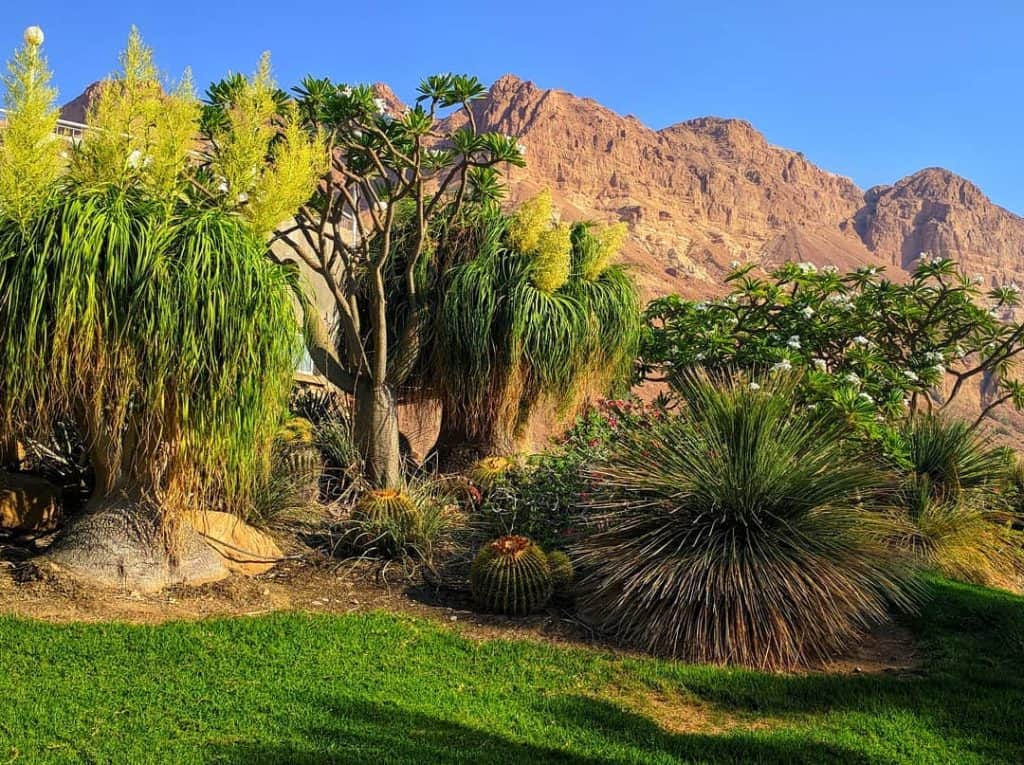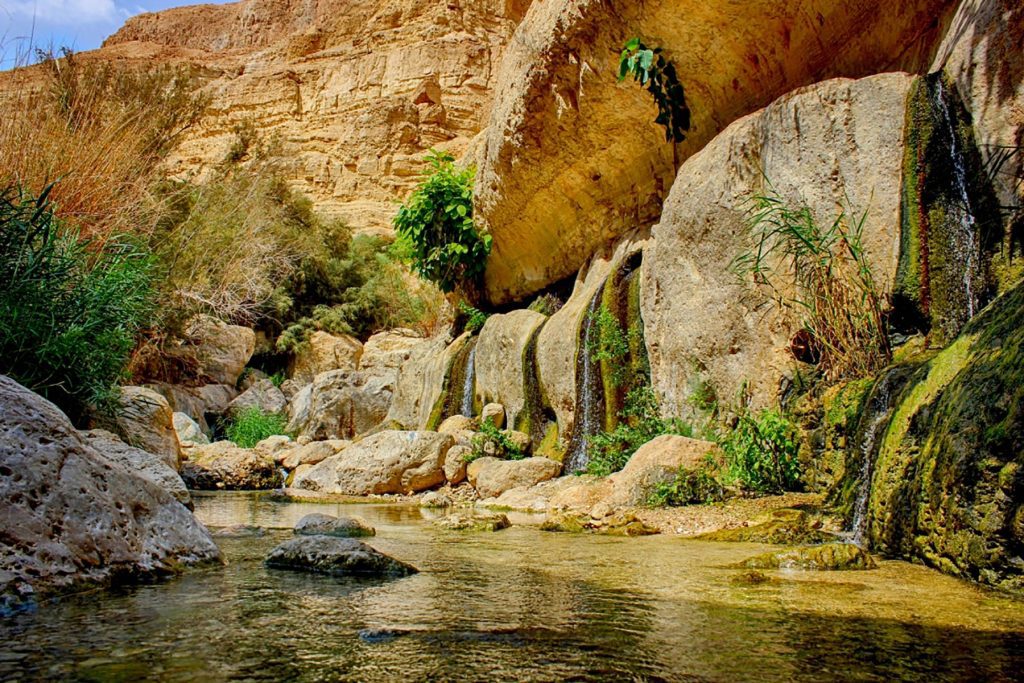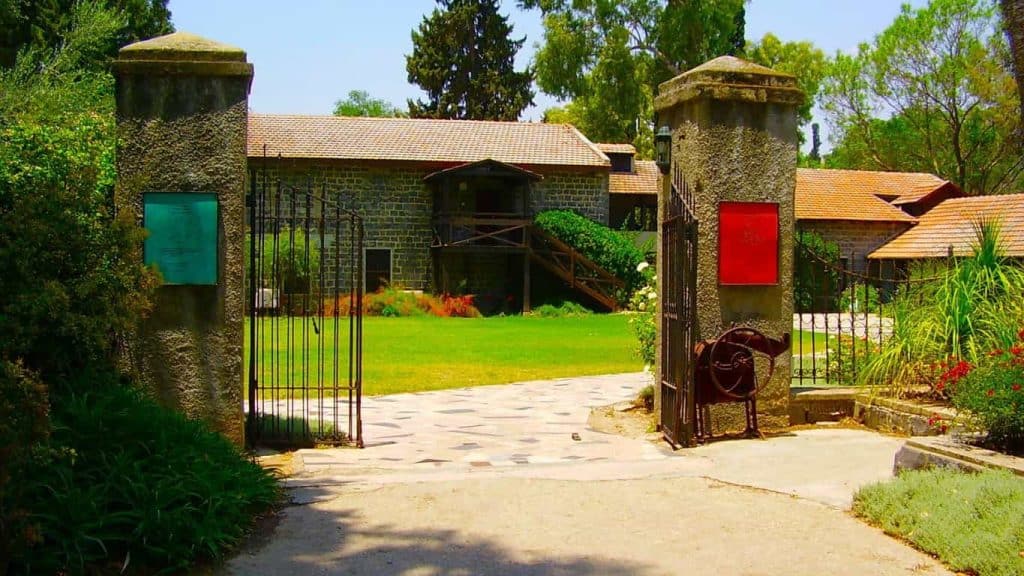In the heart of the ancient Middle East, where history, nature, and mystique converge, one enigmatic treasure has left its aromatic mark through the ages—the Balm of Gilead. So, as a private tour guide in Israel, I often ponder how to breathe life into the past for my guests. The challenge lies in evoking the sensory experiences of a world that thrived 2,000 years ago. Today, let’s embark on a journey exploring this intriguing substance’s rich tapestry.
The Legendary Balm of Gilead
So the Balm of Gilead, steeped in biblical lore, was celebrated for its remarkable healing properties. References to this revered substance abound in historical texts, including the Bible. For instance, the Book of Jeremiah 8:22 symbolizes solace and healing: “Is there no balm in Gilead?”
In addition, Historical accounts by luminaries such as Pliny the Elder allude to its significance. Queen of Sheba’s gift of the Balm to King Solomon, as recorded by historian Josephus, highlights its rarity and prestige. This precious elixir’s source is the Commiphora gileadensis, a tree native to the region.
The Scent of Healing
Furthermore, the Balm of Gilead was renowned for its exceptional fragrance. A delightful aroma wafted into the air when its twig was broken or leaf crushed. Moreover, this fragrance was not just a sensory pleasure but also therapeutic. Moreover, the resinous gum, extracted by cutting the tree’s bark, was used for various medicinal purposes, and the taste was likened to lemon or pine resin.
On the other hand, Some experts suggest that the Balm’s true source might have been the terebinth tree (Pistacia terebinthus), adding to its origins’ intrigue.
The Incense Route

In the Biblical Account
In the Bible, the Balm of Gilead goes by various names, including Bosen, Nataf, Zori, and Afarsemon. It’s cited in Genesis as part of trade caravans to Egypt and gifted by Jacob to the “unknown ruler.” In moments of despair, Jeremiah sought its healing properties.
Frankincense in the Ancient World
The Greco-Roman Period
In later Jewish history, Jericho was believed to be the exclusive hub for genuine Balm production. It was a valuable resource, with tax collectors like Zacchaeus amassing wealth. Roman conquerors, including Pompey and Vespasian, prized it as a victory trophy.
Theophrastus, a botanical luminary, acknowledged its cultivation in Judea, highlighting its historical significance.
Ein Gedi Botanical Garden

In the Roman Period
The Balm of Gilead was exhibited as a prized spoil in the streets of Rome and featured in the triumph of Vespasian. The battles fought at Jericho’s Balm groves during the invasion of Titus reveal its strategic importance. Over time, these groves became public property, guarded zealously to protect valuable resources.
Medicinal Marvel and Beyond
So the Balm was celebrated for its medicinal properties, with uses ranging from expelling menstrual flow to treating snakebites. Dioscorides, the ancient physician, cataloged its diverse applications.
In Christianity
Last, Christian tradition suggests that the Balm of Gilead, more precious than gold in biblical times, might have been one of the gifts presented to Mary, mother of Jesus. Its association with anointing and spiritual significance extends to Christian rituals like confirmation.
Ein Gedi: The Heart of the Balm
The indigenous town of Ein Gedi was a pivotal source of Balm for the Greco-Roman world until its destruction by Byzantine Emperor Justinian. Its mosaic inscriptions hint at guarded secrets related to Balm extraction and preparation.
Ein Gedi Oasis

The Quest Continues
Today, Ein Gedi Botanical Gardens offer a glimpse into this ancient treasure trove, with over 1,000 plant varieties, including the Balm of Gilead. Near the Dead Sea, Kibbutz Almog is another place to explore this ancient plant’s legacy.
What is A Kibbutz?

Credit: Dr. Avishai Teicher Pikiwiki Israel, CC BY 2.5, via Wikimedia Commons
So Guy Erlich, a modern-day cultivator, endeavors to recreate biblical perfumes and incense, potentially used by royalty. His efforts include the cultivation of the Balm of Gilead, aiming to revive ancient fragrances that graced the likes of Cleopatra and anointed kings.
So, as we unravel the mystique of the Balm of Gilead, we glimpse a fragrant tapestry woven through time, connecting nature, history, and spirituality. It beckons us to explore the sensory dimensions of the past, where healing and enlightenment mingled in an aromatic embrace.







